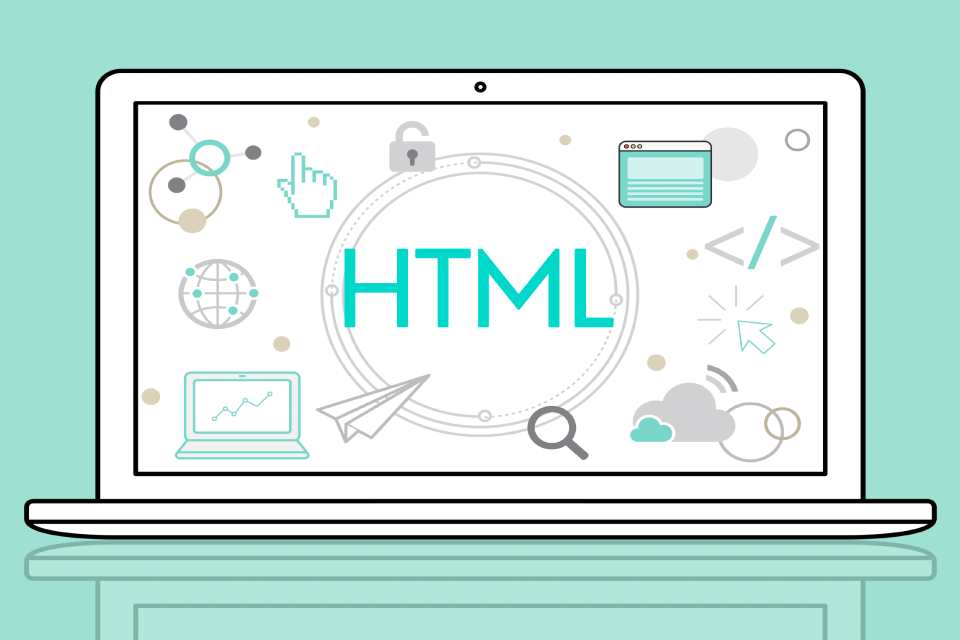Applications and microservices are becoming more complex and more extensive. Requirements for efficient data transfer are also growing because the API can become a bottleneck that will slow down the development of the entire project.
It’s hard to imagine a modern application that won’t interact with other solutions. Therefore, choosing the right way to create an API is one of the critical tasks for developers.
In this article, we will compare the HTTP and gRPC protocols, their main characteristics, advantages, and areas of application.
A Quick Comparison Of HTTP And gRPC
Let’s look at the basics of HTTP and gRPC. This will help you better understand the context of their use. Next, we will consider each protocol in detail.
HTTP
Versatility
The HTTP API is a flexible solution that can interact with different clients, including browsers, mobile applications, and many other systems.
Relative Simplicity
Creating and using an HTTP API is relatively simple, especially when compared to gRPC. Also, many programming languages have libraries for working with HTTP.
Support For Standard Methods
HTTP APIs efficiently work with standard HTTP methods: GET, POST, PUT, DELETE, and others. This makes the protocol intuitive for developers.
Available Debugger
HTTP APIs are more transparent and easier to debug using tools such as browser extensions or utilities like cURL.
gRPC
High Performance
gRPC uses Protocol Buffers, data description language, and multiplexing, which makes it more efficient in transferring data.
Strong Typing
Using Protocol Buffers makes it easier to work with data, serialize it, and deserialize it.
Generation Of Client Code
The protocol automatically generates client code for various programming languages, which simplifies integration with clients.
HTTP 2.0 support
gRPC is based on HTTP 2.0, which provides high performance and the ability to multiple requests.
gRPC can be a good choice for developing microservices and distributed systems. It is also useful when performance is a priority. HTTP’s strengths are revealed when developers strive for versatility and simplicity.
Features Of HTTP-Based Development
Modern REST APIs are typically based on a client-server communication model, where clients send requests and servers respond using HTTP version 1.1. This protocol has been around for a long time and is widely supported by many SDKs and browsers. However, there is one crucial feature: the HTTP 1.1 protocol is focused primarily on transactional interaction.
As an analogy, let’s imagine a situation where you need to ask a friend a few questions over the phone.
Advantages
- Availability. Developers actively use the protocol; many guides and articles have been written on it. REST is consistent with the HTTP protocol and HTTP request methods, making it understandable for developers.
- Ease of implementation. HTTP has a relatively low barrier to entry and uses the popular JSON format for data transfer. Many programming languages handle the process of serializing and deserializing JSON relatively quickly, which speeds up implementation. Other formats you can use are XML or BSON, each of which has its advantages and disadvantages.
- Flexibility. REST API provides the ability to customize a company’s API to suit individual needs.
Things To Remember
REST design principles work when followed. If developers ignore standards, then creating documentation becomes a big problem. In this case, you should pay attention to Postman. Together with the OpenAPI specification, it allows you to generate documentation and code samples, defining the structure, endpoints, and results of the API.
Another problem is replies with large payloads. Developers who work with complex resources encounter them. For this reason, interest in GraphQL arose.
GraphQL gives developers flexibility and control over what resources and attributes they want to include in the response from the server. Unlike REST, where the server defines the format and content of the response, in GraphQL, clients can explicitly specify what data they need. This avoids unnecessary payload and reduces data transfer compared to REST APIs.
If you prefer versatility and simplicity and your project does not require high performance, then HTTP remains a good choice.
Also Read: Popular Languages And Frameworks For Microservice Development








